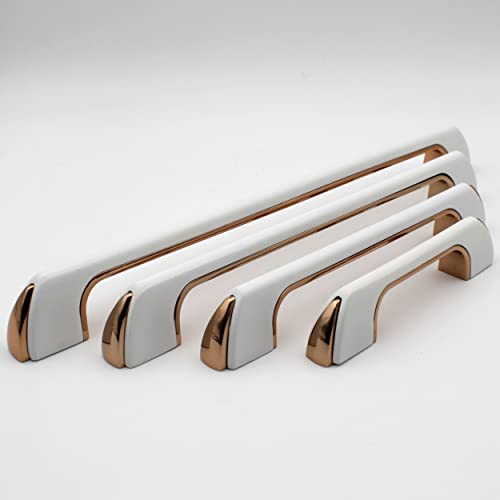Cabinet hardware, though often overlooked, plays a crucial role in the durability and functionality of cabinetry. Manufacturers in this sector employ a variety of strategies to ensure that their products are not only aesthetically pleasing but also long-lasting. This article explores the key practices and technologies used by cabinet hardware manufacturers to guarantee superior product quality.
High-Quality Materials
The foundation of durable cabinet hardware lies in the selection of high-quality materials. Manufacturers commonly use metals such as brass, stainless steel, and zinc alloys, each chosen for their strength, resistance to corrosion, and ability to withstand daily wear and tear. Brass, for instance, is favored for its durability and resistance to tarnishing, while stainless steel is chosen for its robustness and sleek finish. Manufacturers may also use high-grade plastics or composites for specific applications where metal is not practical.

Rigorous Testing and Quality Control
To ensure that cabinet hardware meets industry standards and performs reliably over time, cabinet hardware manufacturers implement rigorous testing and quality control procedures. Products are often subjected to various tests, including tensile strength tests, fatigue tests, and corrosion resistance tests. For example, drawer slides might be tested for load capacity and smooth operation under repeated cycles. Quality control checks are conducted throughout the production process to identify and rectify any defects or inconsistencies.
Advanced Manufacturing Techniques
Technological advancements have significantly enhanced the manufacturing of cabinet hardware. Modern manufacturers employ precision machining, die casting, and injection molding techniques to produce components with exact specifications. These processes ensure that each piece fits perfectly and operates smoothly. Additionally, the use of computer-aided design CAD and computer numerical control CNC machinery allows for high precision and consistency, reducing the likelihood of defects and ensuring that each product meets the design standards.
Durable Finishes
The finish on cabinet hardware not only impacts its appearance but also its durability. Manufacturers use various finishing techniques to enhance the longevity of their products. Electroplating, powder coating, and anodizing are common methods. Electroplating, for instance, involves depositing a thin layer of metal onto the hardware to improve its resistance to tarnish and corrosion. Powder coating offers a robust finish that resists chipping and fading, while anodizing increases the thickness of the natural oxide layer on metal surfaces, improving corrosion resistance and wear resistance.
Functional Design and Ergonomics
Durability is not solely about material strength design plays a crucial role as well. Cabinet hardware must be ergonomically designed to withstand regular use without failure. For example, handles and knobs should be easy to grip and operate, while hinges must allow for smooth door movement. Manufacturers often incorporate features such as reinforced pivots, adjustable mechanisms, and self-closing systems to enhance functionality and longevity.
Maxave cabinet hardware manufacturers ensure long-lasting product quality through a combination of high-quality materials, rigorous testing, advanced manufacturing techniques, durable finishes, ergonomic design, continuous innovation, and environmental considerations. These practices help produce hardware that not only meets but often exceeds industry standards, ensuring durability and reliability in cabinetry.
